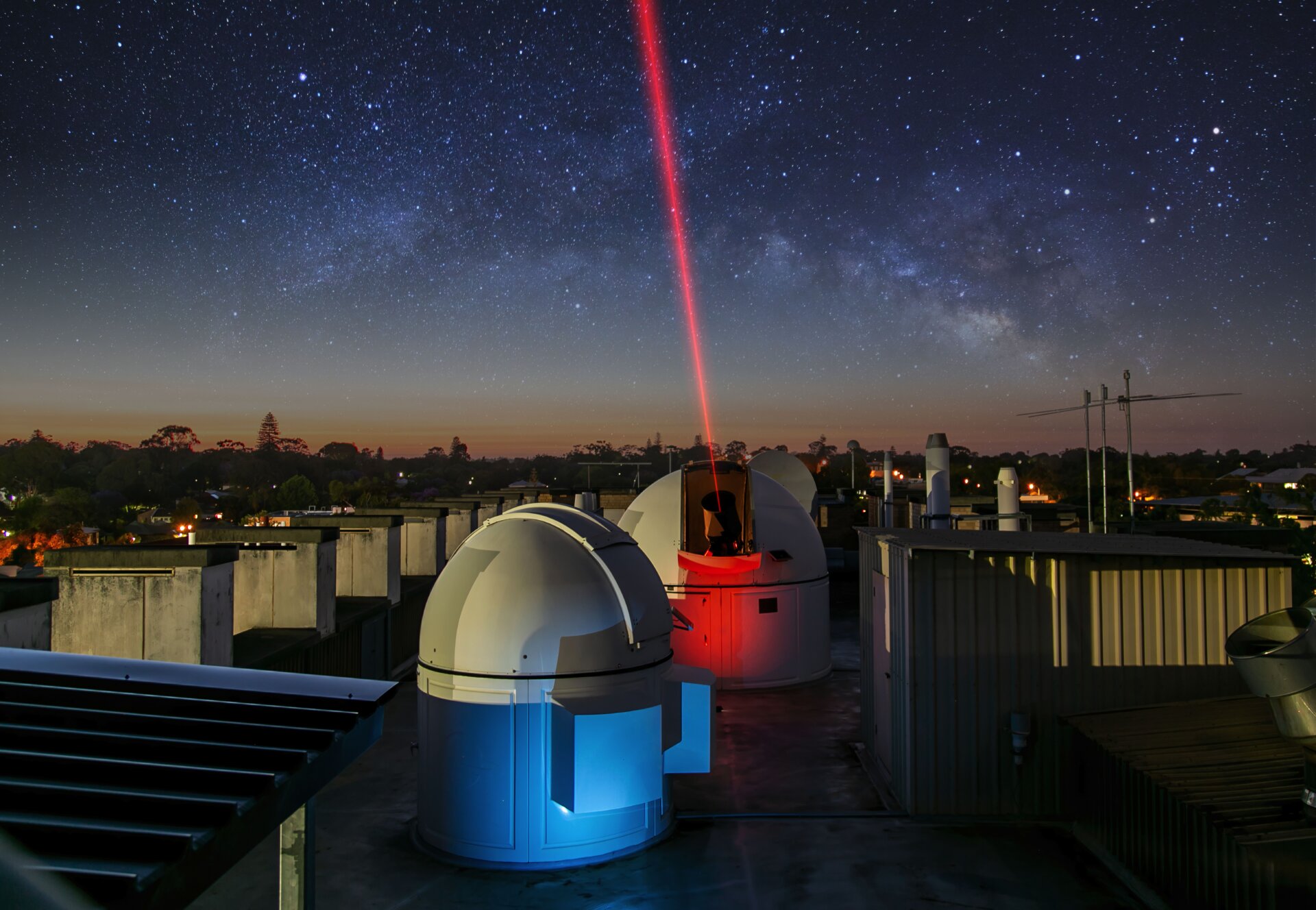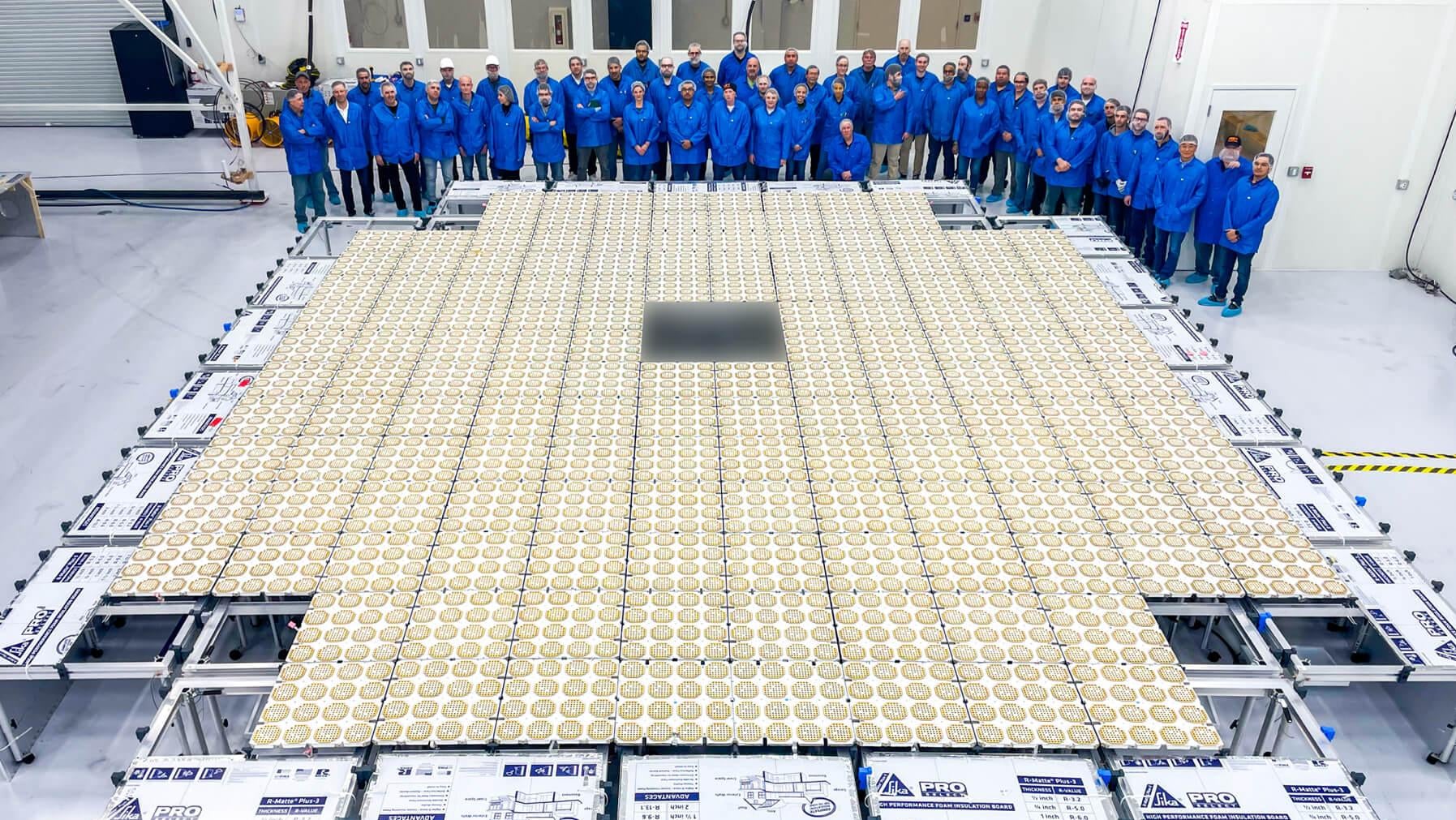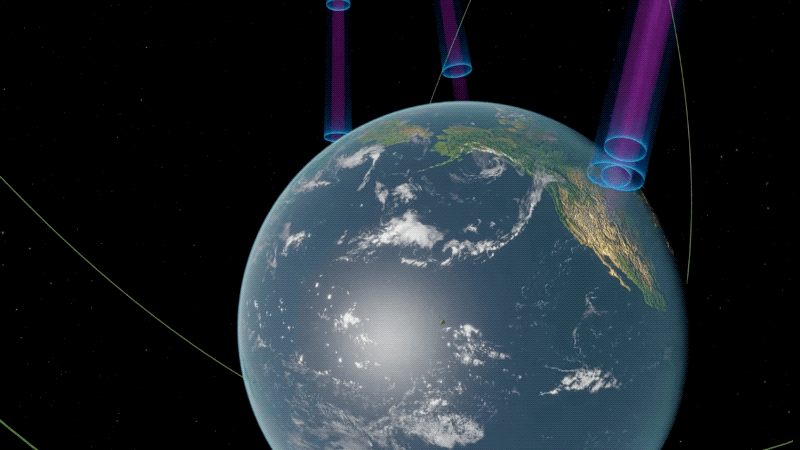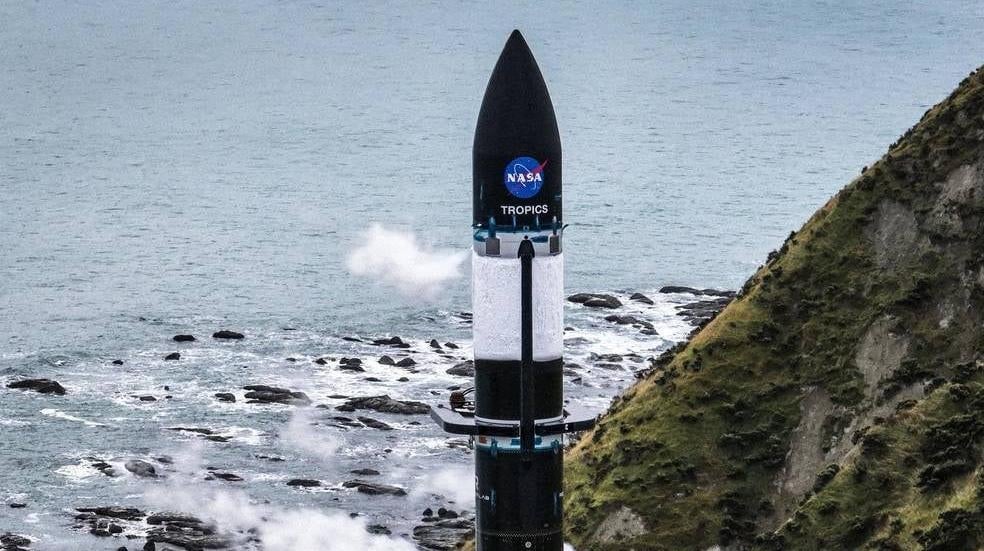A German satellite transmitted a laser signal to a ground station mounted on a Jeep in a breakthrough test that could significantly alter space-to-Earth communication, speeding it up and avoiding data congestion.
TeraNet, a network of optical ground stations, received the signal from a laser communication payload aboard the OSIRISv1 satellite in low Earth orbit. Two of TeraNet’s ground stations, including a custom-built Jeep truck designed with a built-in receiver, detected the signals.
Led by a team of researchers from the University of Western Australia, the demonstration hopes to establish communication between different space missions in low Earth orbit, as well as the Moon. Since the first satellite launched to space in 1957, space agencies have relied on radio waves to communicate with ground stations on Earth. That’s worked fine so far, but as more satellites crowd Earth’s orbit and the demand for data continues to grow, there is a bottleneck of signals coming from space.
Optical communication, or lasers, can help resolve that. This type of communication system packs data into the oscillations of light waves in laser beams, encoding a message into an optical signal that is carried to a receiver through infrared beams that the human eye can’t see. Compared to radio waves, near-infrared light packs data into significantly tighter waves, which allows for more data to be sent and received.
NASA has been experimenting with space lasers, transmitting and receiving signals to refine the technology. In November 2023, the space agency’s Deep Space Optical Communications experiment beamed data encoded within a near-infrared laser from nearly 10 million miles in deep space (16 million kilometers) to the Hale Telescope at Caltech’s Palomar Observatory in San Diego County, California. In December 2023, the gold-capped laser transceiver attached to NASA’s asteroid probe Psyche beamed a 15-second video of an orange tabby cat named Taters chasing a laser pointer dot up and down a couch.
The private space industry is also getting in on the action. The space laser communications market was worth about $1.13 billion in 2022 and is expected to quadruple by 2031, according to estimates by Straits Research in Maharashtra, India.
Optical communication could transmit data at rates 10 to 100 times greater than the radio frequency systems used by spacecraft today, according to NASA. It does become trickier over longer distances, as it requires extreme precision to point the laser beam. Weather can also pose a challenge to laser communication, as clouds or rain can interfere with the signal.
The TeraNet team built a network of three ground stations spread across Western Australia to help overcome the weather issue, allowing to the satellite to send its data to the station under the clearest skies. The truck used in the recent demonstration can drive to sites and capture the signal within 15 minutes of arriving at its destination. The test paves the way for a 1,000-fold increase in communication bandwidth between space and Earth, according to UWA.
“This demonstration is the critical first step in establishing a next-generation space communications network across Western Australia,” Sascha Schediwy, associate professor at UWA, who led the team, said in a statement. “The next steps include joining this network to other optical ground stations currently being developed in Australia and across the world.”
For more spaceflight in your life, follow us on X and bookmark Gizmodo’s dedicated Spaceflight page.












